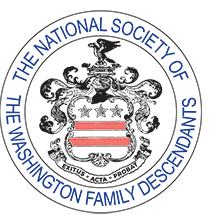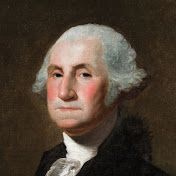We are here Lafayette
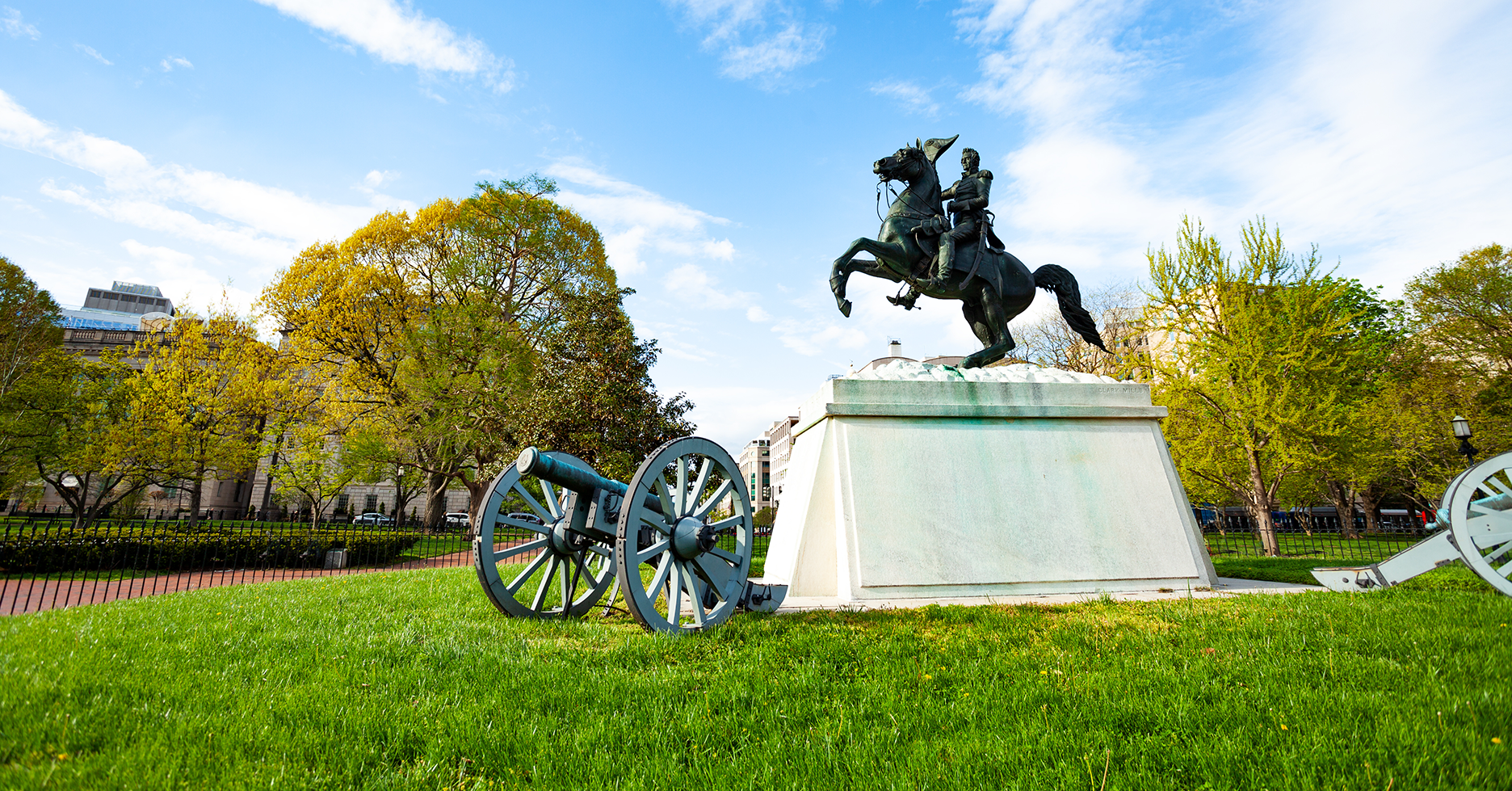
General John Pershing, Commander of the American Expeditionary Force in France, spoke these words through an interpreter on July 4, 1917 as the United States joined the Allies to end the bloody stalemate that World War I had become. He honored the outstanding service that the Marquis de Lafayette gave to America during the Revolutionary War.
Marie Joseph Paul Yves Roche Gilbert du Motier, Marquis de Lafayette, came to America with his friend, Baron Johan de Kalb, with documents from Silas Deane recommending commissions for the two men. Lafayette was not yet 20 years of age. He traveled to Philadelphia to present himself to the Continental Congress and to meet General Washington. From the beginning a close friendship developed between the two men that lasted until the General died in 1799.
Lafayette served with exemplary patriotism and zeal at Brandywine, and sojourned with the army at Valley Forge in the winter of 1777. He received commendation from the Congress for his service and valor in battles around Rhode Island. When he requested to be allowed to return to France to seek aid for America he was granted leave to do so.
Lafayette was sent to Virginia to work with Von Steuben. The South became the theater of operations. The battles of Kettle Creek in Georgia, Kings Mountain and Cowpens in South Carolina, Guilford Courthouse in North Carolina, along with skirmishes at the Dan River, resulted in maneuvering General Cornwallis into Yorktown, Virginia. American and French troops laid a siege that ended in the British surrender on October 19, 1781. The French Navy also contributed to the success of the battle by ringing the area of Yorktown and preventing reinforcement or escape. This was, for all intents and purposes, the end of the War for Independence.
Lafayette returned to France carrying a letter of appreciation from Washington which said, “I owe it to your friendship and to my affectionate regard for you, my dear Marquis, not to let you leave this country without carrying with you fresh marks of my attachment to you, and new expressions of the high sense I entertain of your military conduct and other important services in the course of the last campaign, although the latter are too well known to need the testimony of my approbation.”
The Marquis left America in December of 1781 and was received as a hero in France, which was still ruled by the king. When Louis XVI was deposed, the French Revolution became a class struggle with the nobility being persecuted and many executed, and their possessions seized in the name of the Revolution. Lafayette was hard pressed to save his immediate family and did lose his estate, called La Grange, until 1797, when he was released from a five year imprisonment in Austria. He was then able to return and reclaim his estate.
In 1825, he was invited to visit the United States, and thus began a tour of this country where accolades were showered upon him as a hero. In Fredricksburg, Virginia, he was greeted by Mayor Robert Lewis, son of Fielding Lewis and his wife, Betty Washington Lewis, sister of the General. The Washingtons and the Marquis were again joined in that encounter.
Lafayette visited many towns and cities. In the aftermath of his visit, many towns, counties, roads and other monuments were named for him. Lafayette came to Savannah on March 19, 1825. The lavish hospitality showered upon Washington was again shown to the Marquis. Banquets and a great parade were given for him. He stayed at the Owen-Thomas House and viewed the parade given in his honor from the balcony of that home. He dedicated anew the monument to General Nathaniel Greene, who was a good friend and Commanding General under whom he served in the South.
Lafayette had spent $200,000 or more in his service to the Colonies in the Revolution. Congress eventually repaid him with two checks, one for $120,000 which is now in the museum at Valley Forge, and the second for $80,000. The Marquis died in France in 1834. To the end he spoke out for liberty and representative government. His great service to America will be remembered in our history for all times.

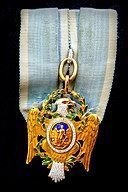
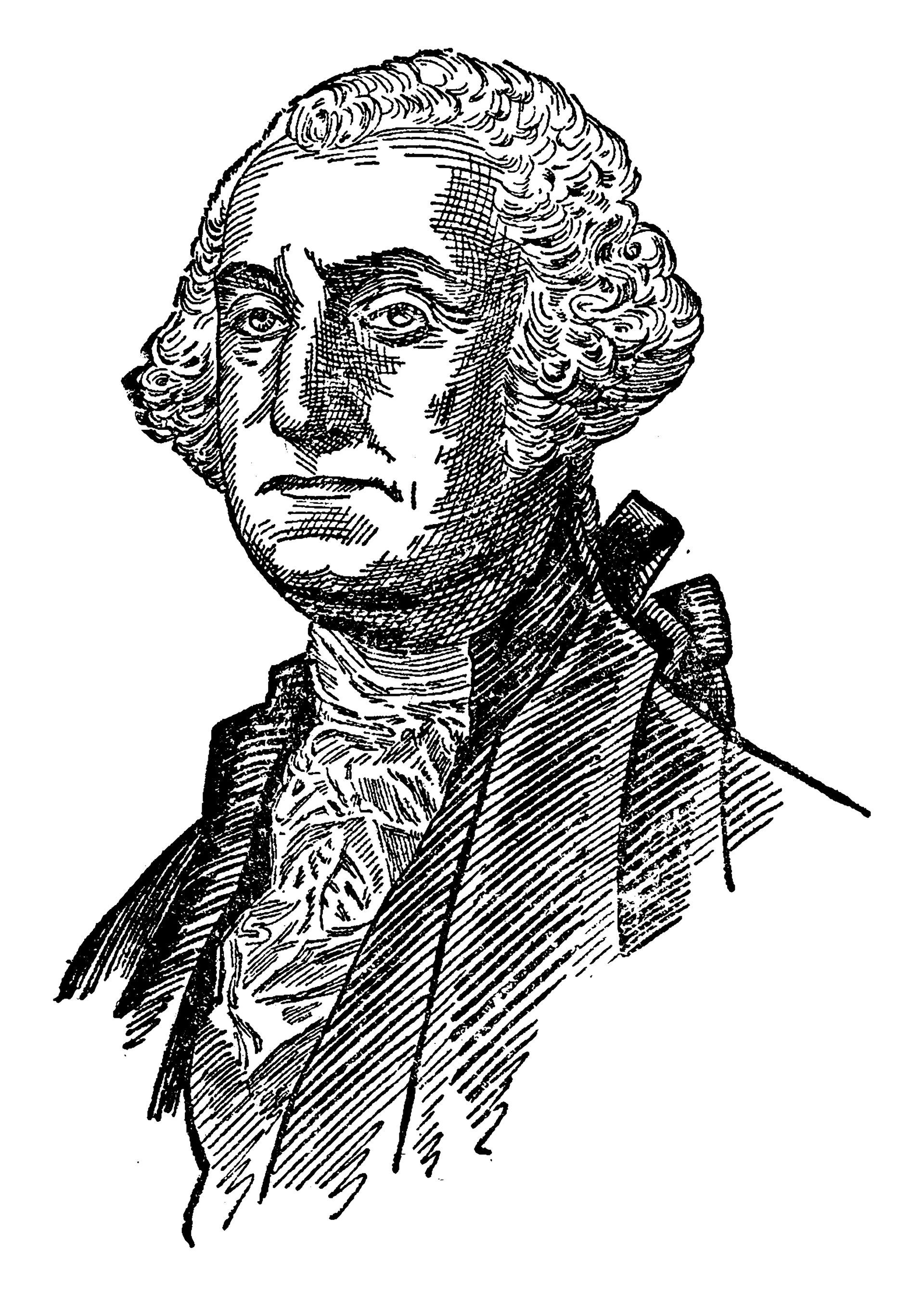
All Rights Reserved | The National Society of the Washington Family Descendants
